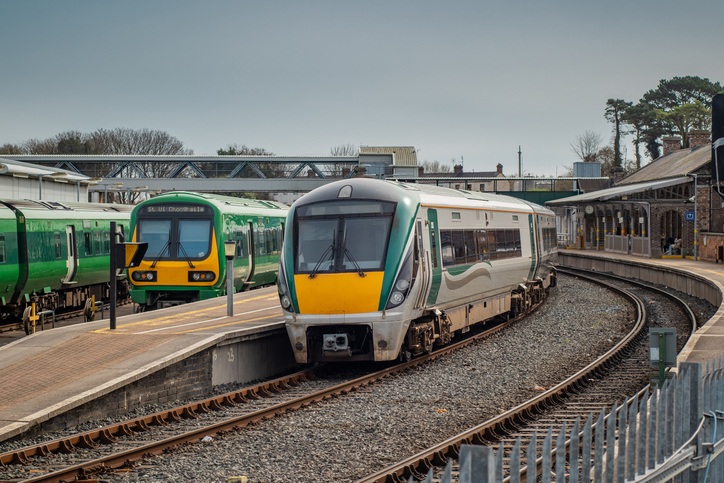Labour Begins Rail Revolution: South Western Railway Nationalised
South Western Railway (SWR), one of the UK’s largest train operators, is set to become the first rail service nationalised under Labour’s government. This landmark move, coming into effect in May, signals the beginning of Labour’s ambitious plan to overhaul the UK’s rail industry, which has faced decades of criticism for inefficiency, high costs, and unreliable service.
As part of a larger strategy to bring all UK rail services under public ownership, SWR will transition to the Department for Transport’s (DfT) Operator of Last Resort (DOHL). This change follows the passing of the Public Ownership Bill, championed by former Transport Secretary Louise Haigh, who envisioned a fully unified and reliable railway system under the Great British Railways (GBR) framework.
The Importance of South Western Railway
SWR operates a vast commuter network centered around London Waterloo, serving millions of passengers annually across the South and Southwest of England. The service, currently managed by a joint venture between First Group and Hong Kong-based MTR, has struggled in recent years. Reduced commuter demand post-pandemic, coupled with a decline in season ticket sales, resulted in the operator relying on significant government subsidies.
Despite reporting an operating profit of £12.2 million in the last financial year, much of SWR’s success was attributed to a £140.9 million subsidy from the government. Once among the UK’s most profitable franchises, the company’s financial struggles exemplify the challenges facing many private operators in a changing transportation landscape.
Labour’s Vision for the Railways
Under the leadership of new Transport Secretary Heidi Alexander, Labour is adopting a measured approach to renationalisation. Alexander emphasized the need for reliability, affordability, and accountability in public services.
“For too long, the British public has endured fragmented, inefficient rail services,” she said. “This marks the start of a new era. Bringing South Western Railway under public ownership will set the stage for a rail system that prioritizes passengers and communities over profit margins.”
The government’s plans extend beyond SWR. C2C, an Essex-based commuter service, is slated for public ownership by July, followed by Greater Anglia in late 2025. The ultimate goal is to integrate all passenger services under the GBR banner within three years, creating a seamless, government-operated rail network.
Lessons from Past Nationalisation Efforts
SWR is not the first operator to come under government control. LNER, Northern, Southeastern, and TransPennine are already run by DOHL, following franchise failures during the Conservative government’s tenure. These operators have demonstrated the potential for public ownership to improve service reliability and financial management, laying the groundwork for Labour’s broader plans.
The GBR framework, a cornerstone of Labour’s rail reform, aims to bring track and train operations under one unified entity. This model promises greater efficiency and coordination, with legislation pending to formalize its structure.
Challenges Ahead
While nationalisation offers potential benefits, the process is not without challenges. Industry experts and unions have raised concerns about job security and potential service disruptions during the transition. Unite, a prominent union, has warned that job losses and increased passenger costs could accompany the shift to public control if not carefully managed.
Moreover, the government must address the financial sustainability of publicly owned rail services. Investment in infrastructure and service improvements will require careful budget management to avoid placing additional burdens on taxpayers.
Related: Vodafone and Three Merger: A £16.5 Billion Deal Set to Transform UK’s Mobile Industry
Opportunities for Passengers and Communities
For passengers, the renationalisation of SWR represents a chance for better services, capped fare increases, and greater accountability. Under the Public Ownership Bill, the government has pledged to protect passengers from short-term price hikes, ensuring affordability remains a priority.
The Labour government also sees nationalisation as a key to driving economic growth. By investing in rail infrastructure and prioritizing public needs, the government aims to create a transportation system that supports both local communities and the national economy.
The Future of UK Rail
SWR’s transition to public ownership is just the beginning of a larger transformation. The government’s vision for an integrated rail system under the GBR banner promises to simplify operations, reduce inefficiencies, and deliver better outcomes for passengers.
As Labour embarks on its ambitious rail reform, the success of SWR’s nationalisation will likely serve as a benchmark for future efforts. If managed effectively, this could herald a new era for the UK’s railways—one that places public interest and reliability at its core.









